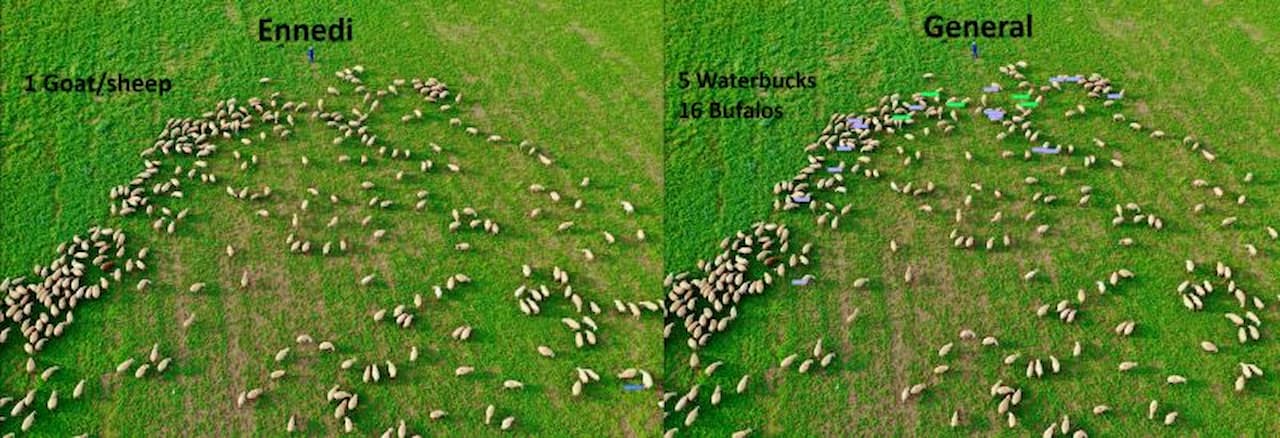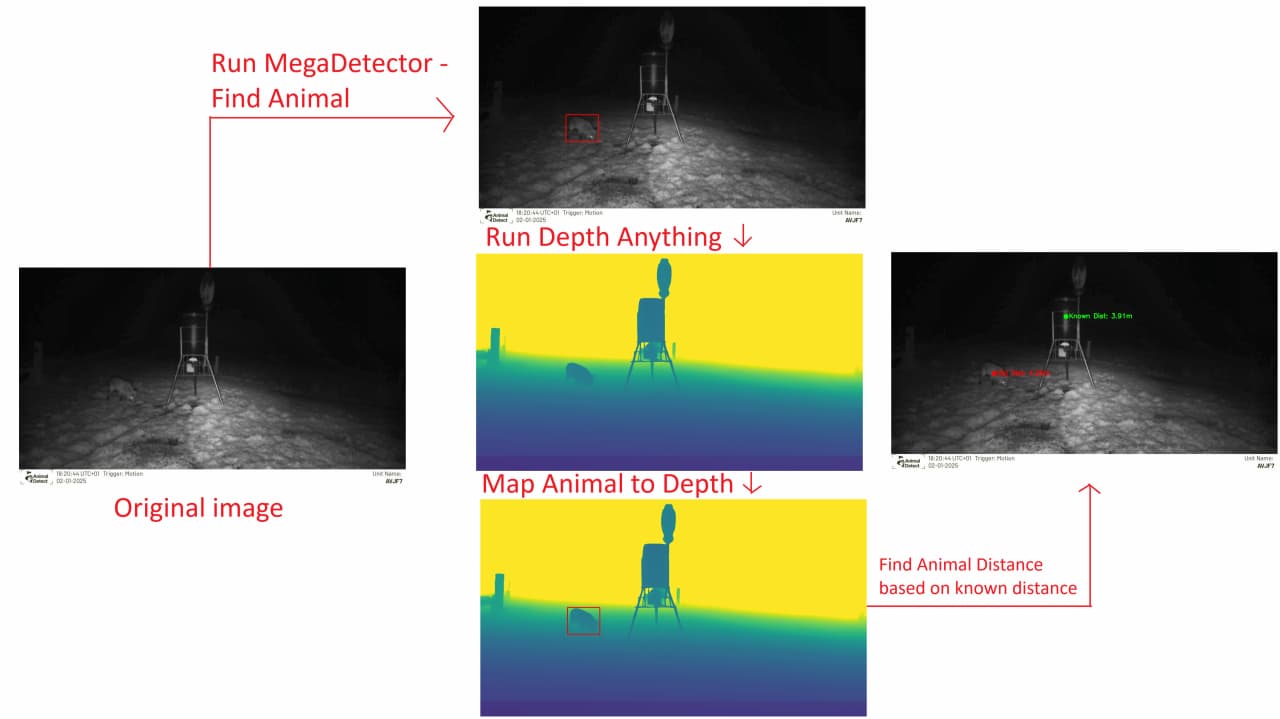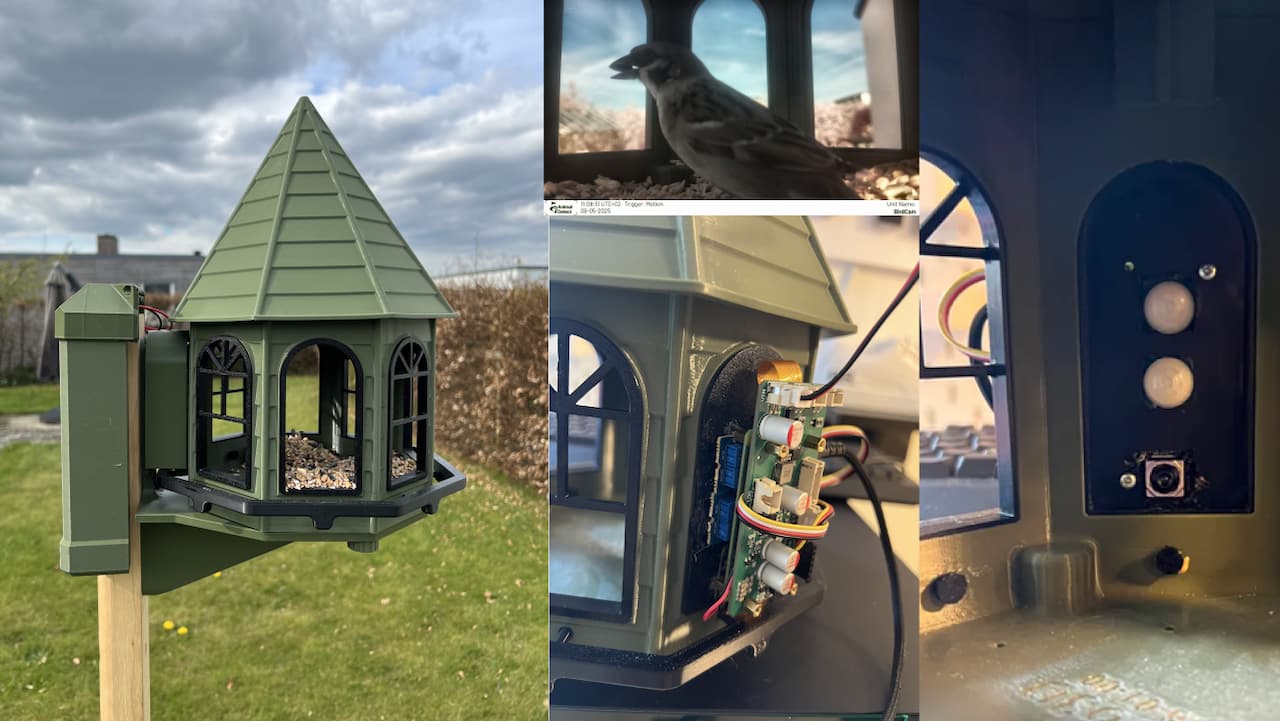HerdNet – Count Animal herds from Areal images (such as drones)?
In wildlife monitoring, getting accurate population estimates is key. While camera traps are excellent for capturing passing animals of various sizes, they often fall short when it comes to estimating large herds of deer, elephants, sheep, or other species.
That's where HerdNet comes in. Skimming through the papers, I found this tool promising for detecting, counting, and even classifying herds from challenging aerial images. The paper “From crowd to herd counting: How to precisely detect and count African mammals using aerial imagery and deep learning”
Automate your camera trap image analysis with Animal Detect
Join today to analyze thousands of images in minutes using latest AI models.


https://lnkd.in/dnpRcXWC and its GitHub https://lnkd.in/dZU9M__B
(HerdNet) introduce two models:
• General – trained for buffalo, elephant, kob, topi, warthog, and waterbuck
• Ennedi – trained for camel, donkey, sheep, and goat

These models have been mostly trained for African environments. I tested HerdNet using the PyTorch Wildlife model zoo with a detection threshold > 0.2 on a mix of drone images sourced from Google, royalty-free websites, and a few personal drone shots.
Unlike many detection models that return bounding box coordinates, HerdNet defaults to a (x,y) pixel location for detections, although it seems possible to retrieve bounding boxes as well. After testing on 18 images of mixed animals (mostly animal included in the training data), I was slightly disappointed by the results. For instance, one image showed 16 detections with the General model, even though the sheep class doesn’t exist, while the Ennedi model, which includes a goat/sheep class, only produced one detection. Factors like image size, distance, angle, and background could have influenced these outcomes.
Even though my results weren’t ideal, the paper demonstrated great potential. I encourage you to try it on your own data. Plus, HerdNet’s code is available under the MIT license for training your own models (note: the pre-trained models are free for academic use, but not for commercialization).
The idea of using aerial models to quickly estimate large herds is exciting and I am looking forward to seeing more innovations in the wildlife world 😊



